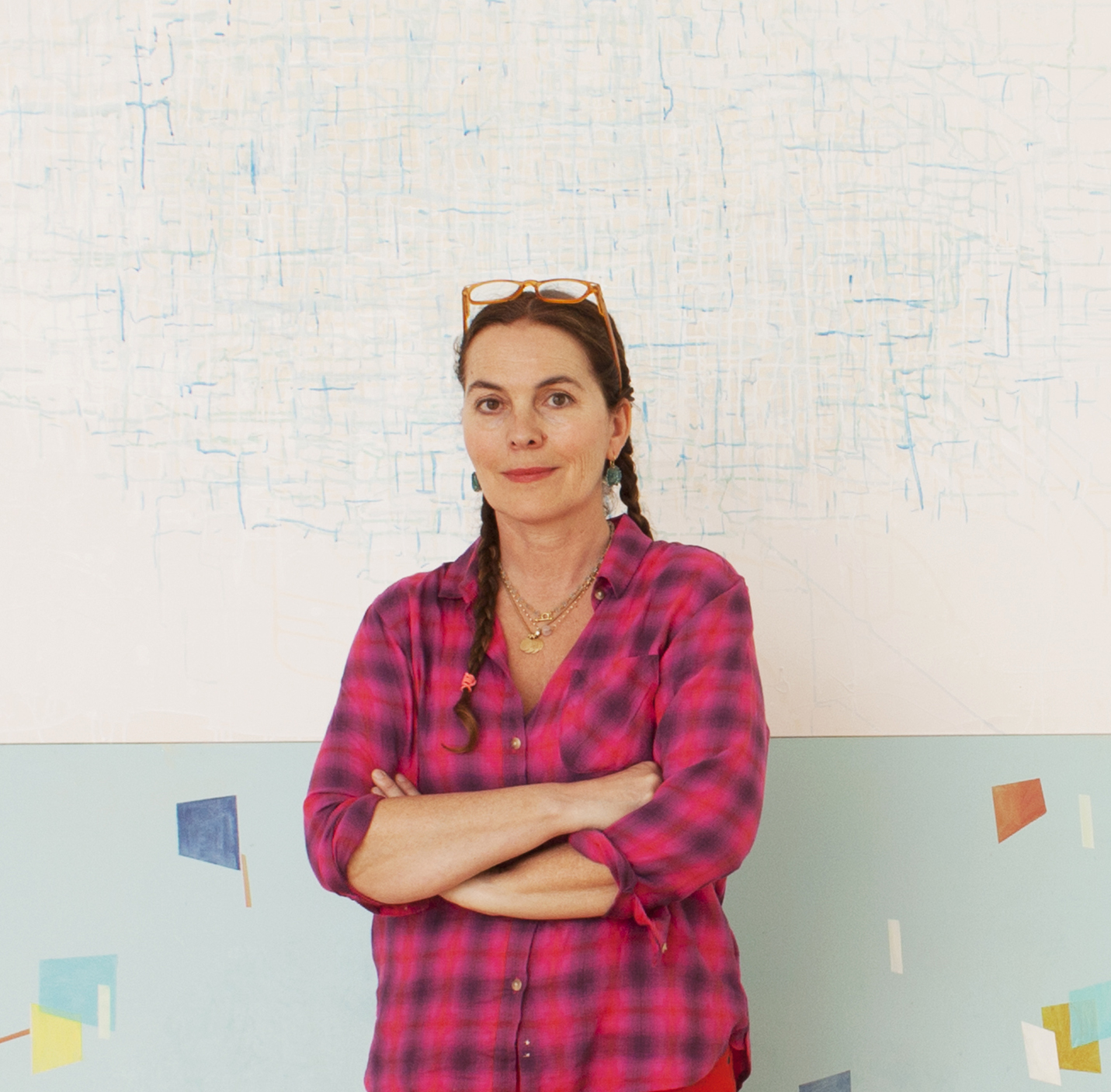Bastienne Schmidt is a multi disciplinary artist working with photography, painting and large-scale drawings. She was born in Germany, raised in Greece and Italy and has lived in NewYork for the past 30 years. Her art work is included in the collection of the Museum of Modern Art in New York, the International Center of Photography, the Brooklyn Museum, theVictoria and Albert Museum in London and the Bibliothèque Nationale in Paris among others. Her work has been shown nationally and internationally in over 100 exhibitions among them the International Center of Photography in New York, the Brooklyn Museum, the New Museum, the Museum fuer Kunst und Gewerbe in Hamburg among many others.
She has published seven monographs, among them Vivir la Muerte, American Dreams, Shadowhome, Home Stills, Topography of Quiet,Typology of Women and Grids andThreads.She was theArtist in Residence at the
Parrish Art Museum in 2017. In 2018 she was awarded a residency at the Watermill Center. In 2019 she was chosen to be part of the Parrish Art Museum exhibition ‘Artists Choose Artists’.
She is the recipient of the Kodak Book Award, the Best German Poto Book Award and the German Photo Prize. She is also a winner of the World Press Photo Award and she received a grant from the Soros Foundation for her documentary work.
Photography and art fall for Schmidt into the realm of archeology, exploring layers of history and meaning, and reassigning value to them.
Schmidt was born in Munich, Germany and moved at the age of 9 with her family to Greece. She spent her childhood surrounded by her father’s archeological work, which instilled in her a desire to organize, map, and attempt to understand systems through her artwork.
She is interested in the documentation and creation of artifacts that carry the patina of memory, history, and time as organizing principles. Schmidt’s process relates often to the use of humble materials, such as muslin fabric, strings and thin transparent paper, that is subsequently painted and drawn upon. Paper offers an intuitive process, which allows for overlapping and organic coming together of spaces. Geometric forms such as circles, triangles and square play a role in her work, such as the use of typologies as an artistic tool.


